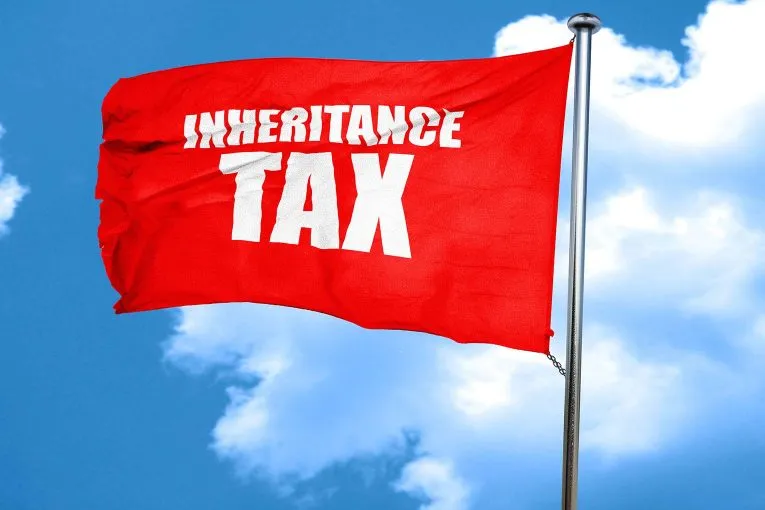Inheritance tax (IHT) receipts have surged to a record-breaking £8.2 billion for the 2024/25 tax year, according to new figures released by HMRC – a stark £800 million increase on the previous year.
The spike, attributed to rising property and asset values alongside long-frozen thresholds, is intensifying the financial pressure on households across the UK and accelerating the mainstreaming of IHT as a planning concern.
The rise in IHT also presents challenges and opportunities for property professionals, particularly those working with ageing landlords, property-rich clients and entrepreneurs.
With many portfolios now pushing clients close to or beyond IHT thresholds, there’s increasing demand for cross-sector expertise that combines tax, financial planning, and real estate structuring.
FROZEN THRESHOLD TRAP

Helen Morrissey, head of retirement analysis at Hargreaves Lansdown, says: “IHT is no longer just a problem for the super-wealthy.
“Frozen thresholds and climbing asset values are pulling more estates into the tax net. With proposals to include pensions in IHT from 2027, this issue is only set to grow.”
The nil-rate band (£325,000) and residence nil-rate band (£175,000) have been frozen since 2022 and are not due to rise until at least 2028.
Over that same period, property values and investment portfolios have continued to grow – particularly in London and the South East – dragging thousands of middle-income families into IHT territory.
According to HMRC’s figures, since the thresholds were frozen in April 2022, IHT receipts have increased by over 21%. The cumulative effect has left many estates liable for six-figure tax bills they might not have faced just a few years ago.
ESSENTIAL PLANNING
The record-breaking IHT figures are expected to prompt a surge in estate planning activity, with advisers encouraging clients to take proactive steps – including gifting strategies, use of exemptions, and more aggressive trust and pension planning.
Morrissey adds: “There are legitimate ways to ease the burden. Gifting from surplus income, making use of the £3,000 annual exemption, and leveraging small gift allowances can all reduce future liabilities – if they’re used consistently and with clear records.”
But she said: “The danger is giving away too much, too soon, and potentially compromising your own retirement or care needs. The balance is delicate.”










